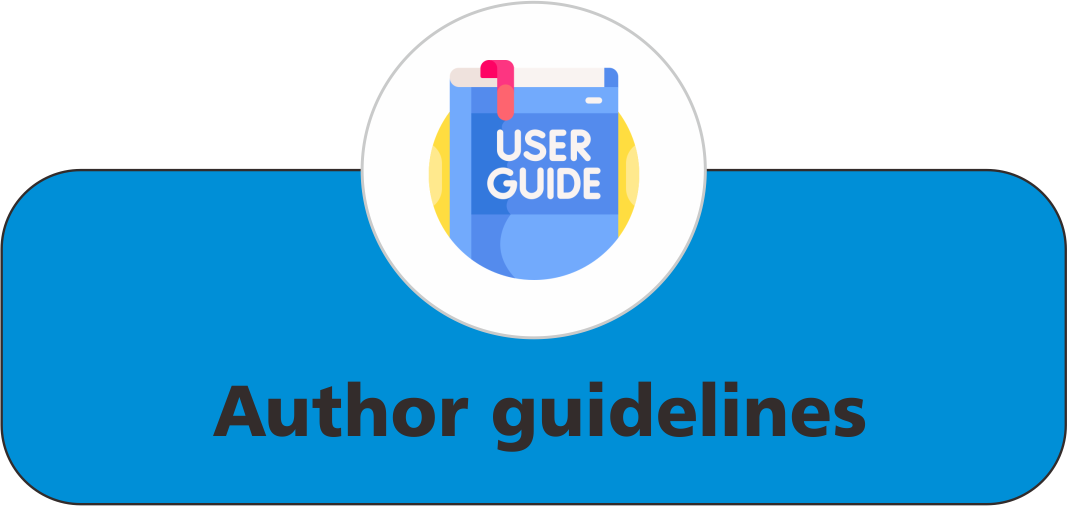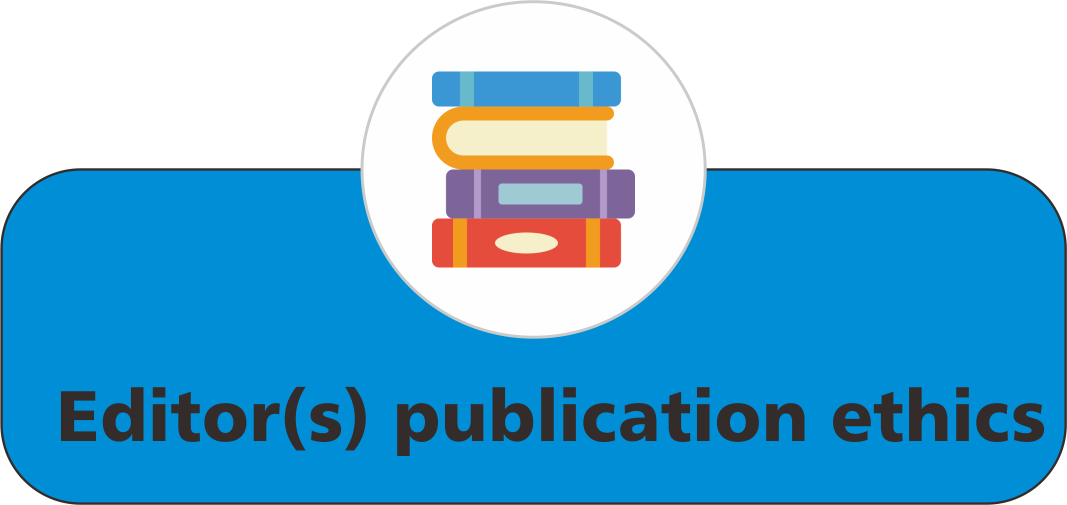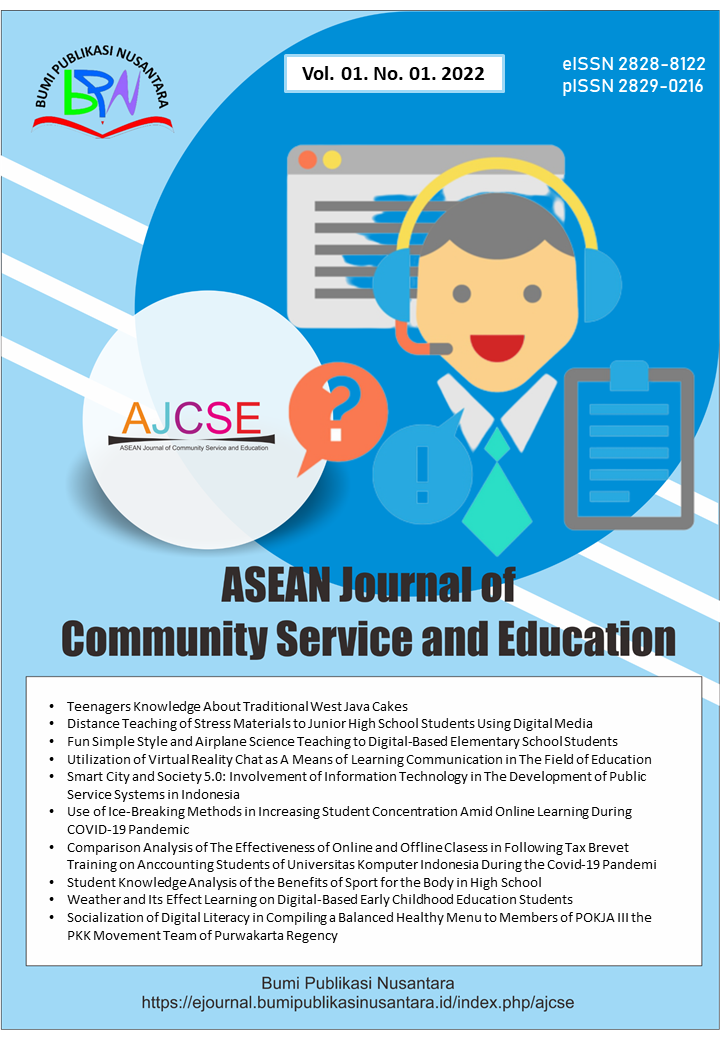The Islamic Ethos of Interfaith Socialization: Strengthening Community Harmony
 ),
),
(1) Mindanao State University Main
 Corresponding Author
Corresponding Author
Abstract
Keywords
References
Abu-Lughod, L. (2002). Do Muslim women need saving? American Anthropologist, 104(3), 783–790.
Al Husaeni, D.F., and Al Husaeni, D.N. (2022). Computational bibliometric analysis of research on science and Islam with VOSviewer: Scopus database in 2012 to 2022. ASEAN Journal of Religion, Education, and Society, 1(1), 39-48.
Al Husaeni, D.F., Urwah, M., A., Inayah, S., S., Rahmat, M., and Nugraha, R., H. (2022). The phenomenon of al tasyabbuh: Birthday celebration in the view of students, education and the perspective of ulama based on Islamic law. Indonesian Journal of Multidiciplinary Research, 2(2), 347-360.
Anggraeni, R., and Maryanti, R. (2021). Implementation of video learning media in Islamic Religious Education subjects. Indonesian Journal of Multidiciplinary Research, 1(2), 257-266.
Aririguzoh, S. (2022). Communication competencies, culture and SDGs: effective processes to cross-cultural communication. Humanities and Social Sciences Communications, 9(1), 1-11.
Azizah, S.N., Nandiyanto, A.B.D., Wulandary, V., and Irawan, A.R. (2022). Implementation of video learning media in Islamic religious education subjects for elementary school students. Indonesian Journal of Multidiciplinary Research, 2(1), 91-96.
Bahlous, M., and Mohd. Yusof, R. (2014). International diversification among Islamic investments: Is there any benefit. Managerial Finance, 40(6), 613-633.
Bizawie, Z. M. (2015). Sanad and ulama network of the Quranic studies in nusantara. Heritage of Nusantara: International Journal of Religious Literature and Heritage, 4(1), 23-44.
Brown, B., Sharma, A., Karki, E., and Chaudhary, A. (2023). ‘From plot to people’: A photovoice exploration of south Asian farmer livelihood diversification strategies when extra time and money are found through zero tillage adoption. Journal of South Asian Development, 18(2), 193-220.
Fauji, I., and Nugraha, M.S. (2024). Redefining epistemology: Exploring a new paradigma in Islamic education research. Indonesian Journal of Multidiciplinary Research, 4(2), 485-490.
Francis, T.T., Mukhtar, B., and Sadiq, K. (2023). Effect of scaffolding instructional strategy and gender on academic achievement of senior secondary school Islamic studies students. Indonesian Journal of Multidiciplinary Research, 3(1), 139-144.
Günther, S. (2007). O people of the scripture! come to a word common to you and us (Q. 3: 64): The ten commandments and the Qur'an. Journal of Qur'anic Studies, 9(1), 28-58.
Haron, M. (2005). Da'wah Movements and Sufi Tariqahs: Competing for spiritual spaces in contemporary South (ern) Africa. Journal of Muslim Minority Affairs, 25(2), 261-285.
Hidayat, T., Perdana, J., Istianah, I., Saputra, A., Erlina, L., Saket, S.A.S., Al-Gumaei, A.M.A. (2024). Social media da'wah strategy in implementing Islamic da'wah. ASEAN Journal of Religion, Education, and Society, 3(1), 51-58.
Jamiu, I.M. (2022). Boko Haram’s misinterpretation of Islam: A challenge to national unity and development. ASEAN Journal of Religion, Education, and Society, 1(1), 17-24.
Kayode, A.M., and Jibril, A.O. (2023). Impact of traditional qur'anic schools on Islamic education. ASEAN Journal of Religion, Education, and Society, 2(2), 101-108.
Malam, B. (2021). The political model of the prophet Muhammad and his rightly guided caliphs: An overview. International Journal of Research and Innovation in Social Science, 5(2), 251-259.
Naz, M. Z., Qadri, A. R., and Ali, F. (2018). The role of religion in establishing peaceful coexistence in society. Journal of Islamic Thought and Civilization, 8(2), 163-182.
Nugraha, H.H., Nandiyanto, A.B.D., Kurniawan, T., and Bilad, M.R. (2022). Education to develop reading literacy by analyzing the intrinsic elements of short stories in Islamic junior high school students’. Indonesian Journal of Multidiciplinary Research, 2(1), 125-130.
Rasdia, R., and Hernah, H. (2024). Strategy for instilling local wisdom values in the formation of students' morals. Jurnal Pendidikan Agama Islam Indonesia (JPAII), 5(3), 100-111.
Rohim, M.S., and Nugraha, M.S. (2024). Utilizing the philosophy of science to overcome challenges in Islamic education. Indonesian Journal of Multidiciplinary Research, 4(2), 389-398.
Soelistijo, D., Faqih, A.F., Safitri, A.P., Ramadhianti, D.S., Dwiyanti, E., and Indayanti, S. (2024). Learning media development of outdoor learning treasure map on the material of cultural interaction during the Islamic kingdom period. Indonesian Journal of Multidiciplinary Research, 4(2), 455-460.
Thoriq, M., Sakti, A.W., and Azizah, N.N. (2023). Learning mixed arithmetic operations using WhatsApp groups for Islamic elementary school students. Indonesian Journal of Teaching in Science, 3(1), 17-22.
Article Metrics
Abstract View : 430 times
: 430 times Download : 264 times
Download : 264 times
Refbacks
- There are currently no refbacks.
Copyright (c) 2025 Bumi Publikasi Nusantara

This work is licensed under a Creative Commons Attribution-ShareAlike 4.0 International License.







